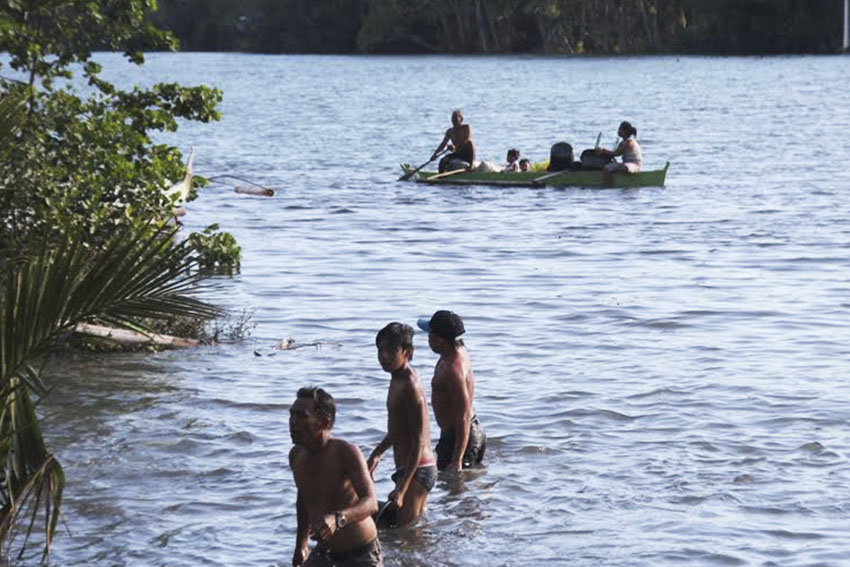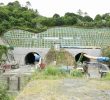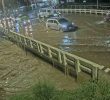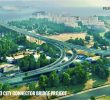
Unknown to these swimmers in the Davao River, the Environmental Management Bureau of the Department of Environment of Natural Resources 11 has released a study which reveals the highest fecal coliform reading in a sampling station in Davao River has 16-million MPN (most probable number) per 100 liters. The data was presented in a press conference on Friday, March 11. (Medel V. Hernani/davaotoday.com)
DAVAO CITY— A big portion of the Davao River is contaminated with the coliform bacteria, the Environmental Management Bureau (EMB) of Department of Environment and Natural Resources (DENR) 11 said.
The sampling was conducted in the downstream portion of the river along the downtown area, said Conrada Vinluan of EMB Region XI.
She said they put up 10 sampling stations for their monthly sampling.
These stations were in Mandug, Waan Bridge, Davao diversion bridge, Riverwalk crocodile farm, quarry area at Purok 8, Barangay 19-B, San Rafael Bridge, Marfori Heights, Bankerohan Bridge, Bolton Bridge and at the mouth of the river.
Among the sampling stations, the highest concentration of the coliform bacteria are present near the crocodile farm, Bankerohan Bridge, Bolton Bridge and in the mouth of the river “since these rivers are the recipient of the waste that came mostly from the upstream side of the river”, Vinluan said.
Ma. Socorro Mallare, also from EMB Region XI, said that there are two types of coliform. One is the fecal coliform which comes from the waste of the animals, and the other one, called total coliform, comes from the domestic, sewerage and septic waste.
“If we say that the coliform content is high, it means that the quality of the water is already dangerous in the Davao Gulf particularly in the downstream area,” Mallare said.
She said the rapid growth of coliform bacteria in the river is caused by human activity such as throwing of human waste in the river, putting of poultry and piggery nearby the river banks, and small agriculture farms that spray fertilizers that when rainy seasons come, the fertilizer will go directly to the river.
The report shows that fecal and total coliform found for both downstream and upstream of Davao River was 16 million most probable number (mpn) per 100 millimeter. The standard level is 1,000 mpn per 100 ml for total coliform and 200 mpn per 100 ml for fecal coliform.
Unsafe for the people
Engineer Gloria Raut of Department of Health (DOH) Region 11 said that there is a rapid growth of fecal coliform in some beaches near the Davao River.
“The level of pollution is already alarming, the LGU must take action already,” Raut said.
Raut said owners of establishments near Liberty Beach, Marina Azul, Talomo Beach and Guino-o Beach “must warn their customers about the condition of their beach waters”.
“There is possibility that they will have diarrhea, skin rashes, sore eyes, cholera typhoid fever, and worse, polio viruses that can causeirreversible paralysis to the person, if swimmers would accidentally take in river waters,” she warned..
The EMB already sent the results last February 11 to the LGU legal office “but according to them they didn’t receive any letter so they still have to check if the letter might be in the legal section or department of LGU or maybe in the Department of Tourism.”
Mallare said the city government and the Davao City Water District should act on the increased concentration of the coliform.
“In the Clean Water Act, the septage should be provided by the water provider of the area which is the Davao City Water District, but it is also stated in the act that the holder of the land which is the LGU is responsible also in providing the septage,” Mallare said.
She added that “the P300 million or P400 million budget allotted for the septage treatment plan is ready,” and they are just waiting for the issue of DCWD and city government to be resolved.(davaotoday.com)










